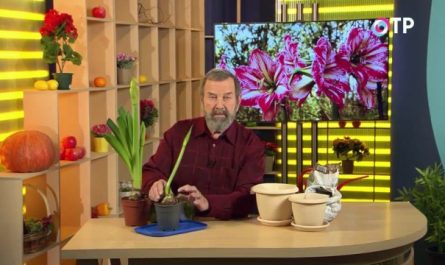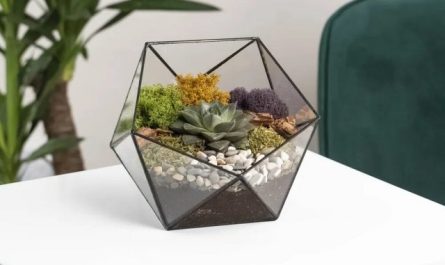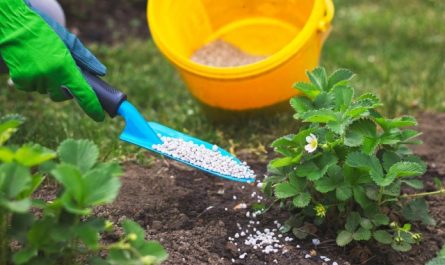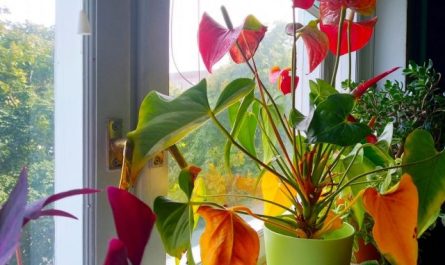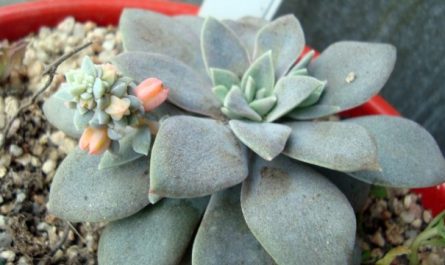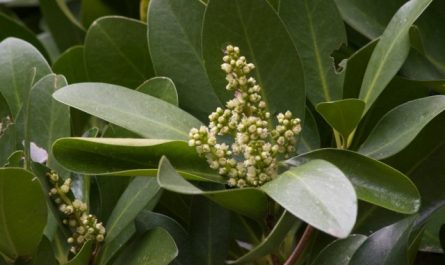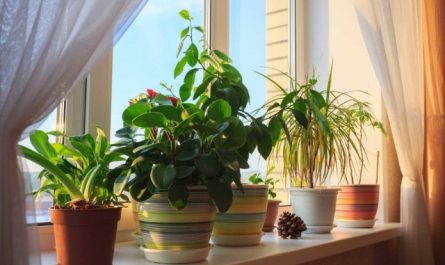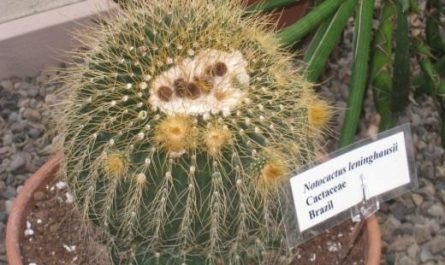It is unusual to choose indoor plants by texture, but this is the feature that is worth paying attention to for the creeping acalypha. This plant will easily add to the list of interesting and unusual accents for the interior. And it will overshadow the familiar and more common acalypha setifolia. The fluffy effect of the short inflorescences of this acalypha perfectly complements its greenery and allows the plant to be a bright star all year round. In any company, the creeping acalypha oak-leaved shines. This is the most capricious type of acalypha, but also the brightest. It will not be possible to get by with ordinary (regular) care for it, because this species reveals its lush beauty only in ideal conditions.

Description of the plant
While all the attention is attracted by the short-lived, rather capricious, but at the same time suitable even for beginners acalypha setosa (setily-haired), or fox tail, other species are undeservedly ignored by flower growers. One of the special acalypha is a plant previously known as Acalypha repens, or Acalypha hispanica, or Haitian foxtail, today finally officially renamed to Acalypha nemorosa (Acalypha chamaedrifolia). It stands out for its splendor, elegance and small leaves in lacy cloud-like cushions. It is a pleasant alternative to the classics and a very cheerful plant that brings zest to any room.
Unlike the classic foxtail, the oak-leaved acalypha is grown mainly in hanging baskets. Its flexible shoots spread out beautifully, bend and tangle, creating a lush, thick, spreading cushion, and seem lacy and curly. Unlike the foxtail, this acalypha branches densely and is much more compact, the bushes are only up to 30 cm high. But there is no need to rush to plant this type of acalypha only in hanging baskets. It also looks great in a flowerpot, hanging slightly along the edges. And in winter gardens it can even be used as a ground cover.
The leaves of this species of acalypha do not exceed 4 cm in length, which makes them stand out against the background of the familiar large-leaved foxtail. So the epithet “small-leaved” is more than suitable for the oak-leaved acalypha.
The heart-shaped, elongated, serrated-edged, pubescent-velvety, soft leaves sit alternately and surprise with their light, warm, pleasant mid-green tone. The shades of color, as well as the shape of the leaves, of the creeping acalypha evoke associations with lemon balm and catnip.
Dense velvety spikelets droop on thin long peduncles, only when blooming and growing they stick up funny, bending a little, which gives them a pepper-like shape. The inflorescences do not exceed 10 cm in length, most often being limited to only 4-5 cm. Their coloring is always typical – a bright dark crimson shade of cold red seems dazzling and elegant. The inflorescences look heavy, and their drooping shape creates the illusion that the branches cannot withstand their weight.
The duration of flowering of Acalypha nemorosa depends on the lighting. If the plant is comfortable, it does not stop flowering all year round, but usually, even in an optimal location, flowering cannot be achieved for more than 8-9 months without additional lighting.
Like all acalyphas, the oak-leaved species is poisonous. Caution is needed when handling the plants or growing them in homes with small children and curious pets.

Growing conditions for indoor acalypha
Acalypha nemorosa is so thermophilic that it can perceive a temperature drop to 15-16 degrees even in winter as a great stress. The plant achieves its greatest decorative effect in stable warmth – a temperature of 17 to 21 degrees, at which the leaves grow thicker, and the colors are brighter, and even the flowering pleasantly surprises with its duration. If the temperature exceeds 23 degrees, it is better to make ventilation more frequent. The plant is not particularly sensitive to drafts, but it is still better not to expose the lush cushions of acalypha to sudden temperature changes when airing.
Like all its relatives, the Spanish acalypha is sensitive to direct sunlight. But lush, uniform flowering throughout the crown is characteristic of it only with sufficiently bright lighting. It is better not to experiment with shading, choosing western or eastern windowsills (and similar locations with diffused lighting). You can make the acalypha bloom all year round with the help of timely installation of additional lighting or moving it to a southern window.

Caring for creeping acalypha at home
Creeping acalypha needs a consistently moist substrate. The ideal option for the plant remains an automatic irrigation system or hydroponics, where stable comfortable humidity will depend little on controlling the frequency of watering. But with classic watering, you can quite successfully create a suitable regime. Acalypha oak-leaved is watered often, but less abundantly, allowing only a little drying of the soil.
Acalypha is usually not sensitive to air humidity, but too high readings and extreme dryness are not for it. In the first case, the peduncles become sticky and the plant may begin to rot, in the second case, the greenery does not retain its splendor and freshness. Acalypha is “saved” from very dry air in autumn and winter, especially when central heating systems are operating, by simple, careful ventilation. But in summer, it is better to combine frequent ventilation with spraying with water at room temperature.
Acalypha nemorosa is fed frequently, but not very intensively. Fertilizers are applied to the plant throughout the period of active growth and flowering, reducing the frequency of fertilizing to once every 1 weeks from autumn to spring and stopping if the acalypha has finished flowering. From March to October, fertilizers are applied once every 6 weeks. For this type of acalypha, it is better to use a complex, universal fertilizer, reducing the standard dose by 1 times.
Pruning of the Acalypha nemorosa is carried out as the plant ages. If the Acalypha loses its shape and falls apart, stretches out, becomes bare, looks unsightly and has aged greatly, the shoots are simply cut in the spring (in March) to a height of about 30 cm, creating a round cushion-base. The branches quickly grow and the Acalypha repens returns to its usual lush appearance in a few months.
Traditional procedures should be supplemented for Acalypha nemorosa with loosening. The loss of air permeability of the soil is critical for the plant, this species reacts especially badly to the formation of a crust, therefore, to maintain a light soil texture, it is better to carefully loosen the substrate once a month.

Transplantation, containers and substrate
Creeping acalypha should not be disturbed without need. Until its roots appear in the drainage holes, transplantation should not be carried out. The second half of March or the beginning of April is ideal for this procedure, rather than the end of winter. The plant is transferred, laying high drainage.
For Acalipha nemorosa, you can use universal soil, but to make things easier, it is better to add perlite or other loosening components to maintain constant air permeability.
Diseases, pests and problems in cultivation
Acalypha nemorosa often suffers from pests – aphids, whiteflies, spider mites. It is difficult to notice pests in the lush leaves of the plant even with careful inspection, so it is worth immediately reacting to its depressed state and signs of damage – deformation when infected with aphids, discoloration with whiteflies and spider mites. In this type of acalypha, it is better to immediately remove damaged parts and treat the bushes with insecticides or infusions of medicinal herbs (tobacco, dandelion, onion).

Reproduction of Acalypha repens
This species of acalypha is even easier to propagate than its relatives. While the main method of obtaining foxtail is still growing from seeds, cuttings are most often rooted in acalypha nemorosa. The dense branching of numerous shoots allows you to get dozens of cuttings without harming the mother plant.
It is enough to cut off the top of a strong shoot with two pairs of leaves and root it under a cap in any light sandy substrate. The shoots root most quickly in March, but if protected from heat (the optimal temperature for rooting is 21 degrees), propagation will be possible at any time of the year with only a small loss in the percentage of “effectiveness”.
